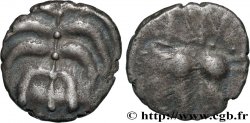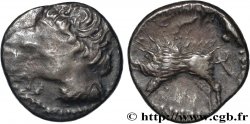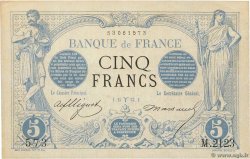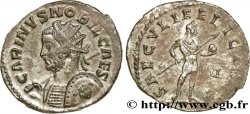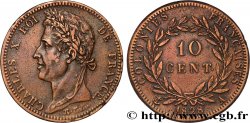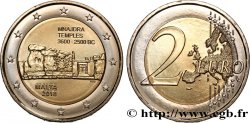v55_0543 - HELVETI (Current Switzerland) Bronze au lion dégénéré des drachmes de Transpadane
MONNAIES 55 (2012)
起拍价 : 500.00 €
估价 : 900.00 €
竞价记录 : 590.00 €
出价数量 : 2
最高出价 : 1 250.00 €
起拍价 : 500.00 €
估价 : 900.00 €
竞价记录 : 590.00 €
出价数量 : 2
最高出价 : 1 250.00 €
种类 Bronze au lion dégénéré des drachmes de Transpadane
日期: c. 80 AC.
材质 bronze
直径 15 mm
模子方针 5 h.
重量 1,55 g.
稀少度 R3
关于品相的说明
Superbe exemplaire, sur un flan régulier, légèrement scyphate, avec des types complets des deux côtés. Frappe vigoureuse, légèrement décentrée au revers. Patine verte, avec une zone plus sombre au revers derrière le sanglier
家谱
Cet exemplare provient de la collection de Jorg Muller
正面
正面的文字 ANÉPIGRAPHE.
正面的说明书 Tête très stylisée à droite, la chevelure traitée en mèches ondulées et parallèles, le nez et l’œil marqués ; grènetis.
背面
背面的文字 C(RÉTROGRADE) I ENTRE LES JAMBES DU SANGLIER.
背面的说明书 Sanglier très stylisé à droite, sur une ligne d’exergue.
评论
Le HMZ sur les monnaies suissses de l’Antiquité signale les provenances de Grand-Saint-Bernhard, Martigny et du canton de Wallis. Ce type proviendrait, selon A. Geiser (RSN 1984), des Véragres (Valais). Les attributions traditionnelles vont entre les Salasses et les Véragres. L’attribution aux Ambiens dans le LA TOUR reste une énigme !
A. Potasso distingues plusieurs variantes dans cette rare série, selon les ornements entre les pattes du sanglier ; cet exemplaire correspond uniquement au n° 85 de son ouvrage (ce dernier provient du Grand-Saint-Bernard) ! Notre exemplaire est d’une rare qualité ; il semble être issu des mêmes coins de droit et de revers que le seul exemplaire que nous ayons retrouvé dans tous les musées publiés ; celui de Zurich (n° 1058) lui-même repris en 1863 par Meyer pour illustrer son ouvrage !.
The HMZ on Swiss coins from Antiquity indicates the provenances of Great St. Bernhard, Martigny and the canton of Wallis. This type would come, according to A. Geiser (RSN 1984), from the Veragri (Valais). The traditional attributions go between the Salasses and the Veragri. The attribution to the Ambiens in the LA TOUR remains an enigma! A. Potasso distinguishes several variants in this rare series, according to the ornaments between the boar's legs; this example corresponds only to No. 85 of his work (the latter comes from the Great St. Bernard)! Our example is of rare quality; it seems to come from the same obverse and reverse dies as the only example that we have found in all the published museums: that of Zurich (No. 1058) itself taken in 1863 by Meyer to illustrate his work!
A. Potasso distingues plusieurs variantes dans cette rare série, selon les ornements entre les pattes du sanglier ; cet exemplaire correspond uniquement au n° 85 de son ouvrage (ce dernier provient du Grand-Saint-Bernard) ! Notre exemplaire est d’une rare qualité ; il semble être issu des mêmes coins de droit et de revers que le seul exemplaire que nous ayons retrouvé dans tous les musées publiés ; celui de Zurich (n° 1058) lui-même repris en 1863 par Meyer pour illustrer son ouvrage !.
The HMZ on Swiss coins from Antiquity indicates the provenances of Great St. Bernhard, Martigny and the canton of Wallis. This type would come, according to A. Geiser (RSN 1984), from the Veragri (Valais). The traditional attributions go between the Salasses and the Veragri. The attribution to the Ambiens in the LA TOUR remains an enigma! A. Potasso distinguishes several variants in this rare series, according to the ornaments between the boar's legs; this example corresponds only to No. 85 of his work (the latter comes from the Great St. Bernard)! Our example is of rare quality; it seems to come from the same obverse and reverse dies as the only example that we have found in all the published museums: that of Zurich (No. 1058) itself taken in 1863 by Meyer to illustrate his work!







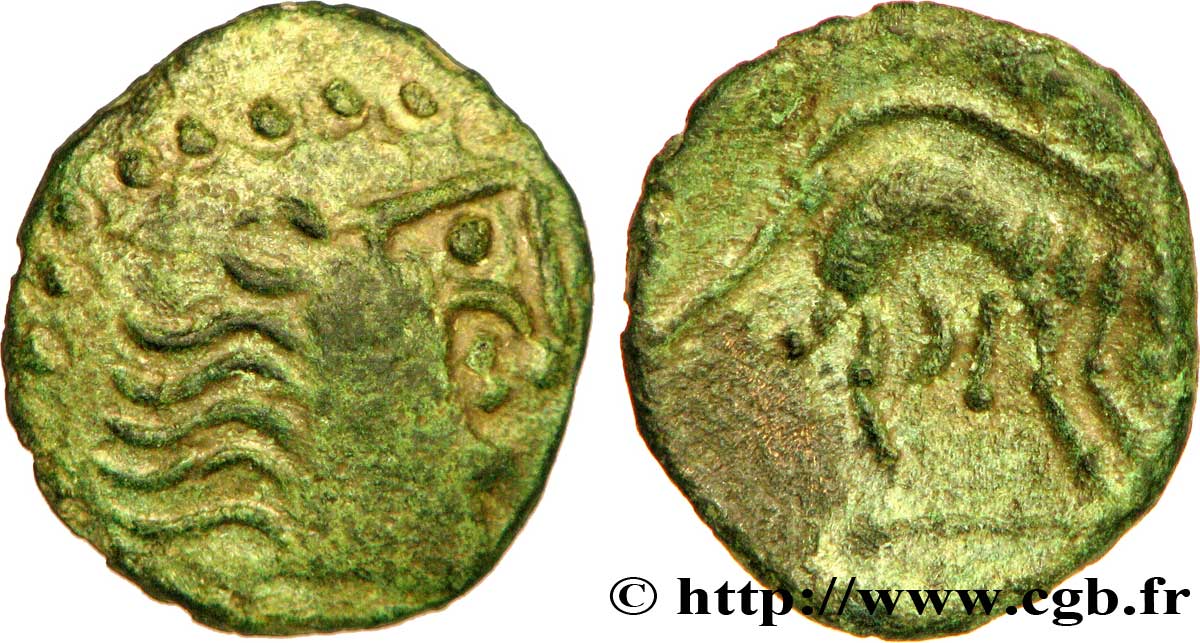
 对产品描述纠错
对产品描述纠错 打印
打印 分享我的选择
分享我的选择 提问
提问 Consign / sell
Consign / sell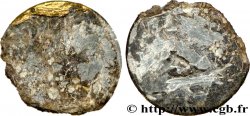
 产品介绍
产品介绍